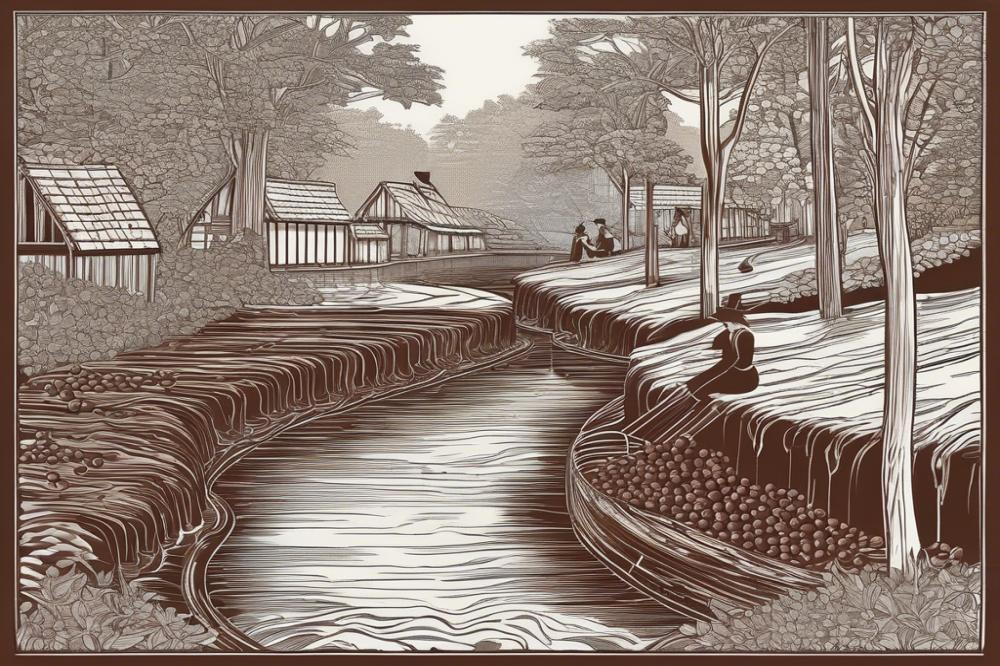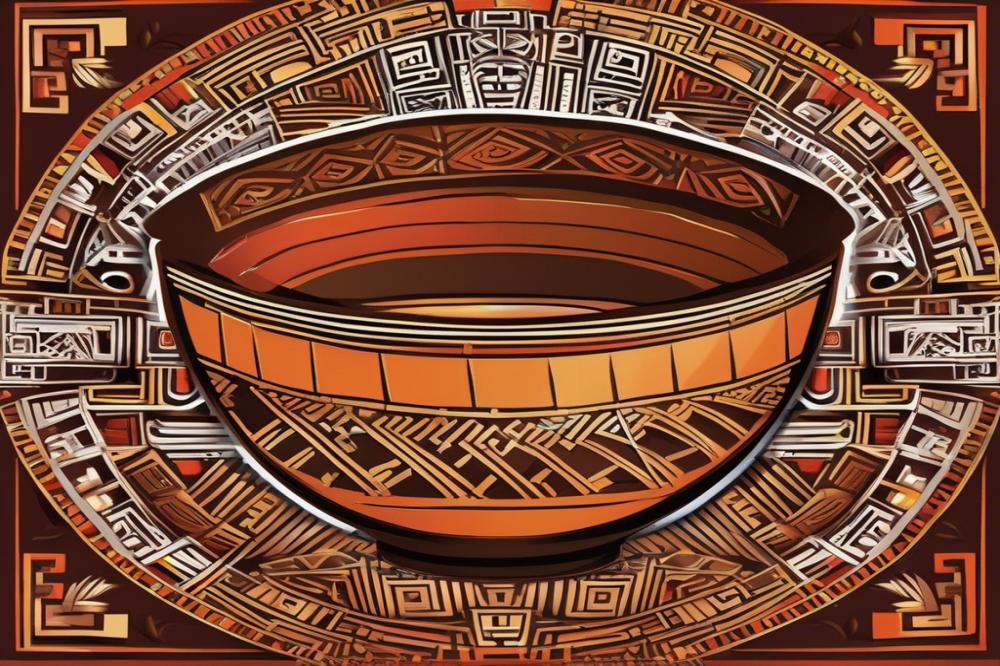Transforming Chocolate: A Prelude to Modern Delights
Prior to the changes brought by the Industrial Revolution, chocolate history was rich and layered. Cacao beans were once a rare treasure. Ancient civilizations like the Mayans and Aztecs revered these beans, using them for ceremonies and as currency. Chocolate was enjoyed primarily as a complex drink, mixed with spices and consumed by the elite. Its value was immense; cacao was not just a tasty treat but a symbol of wealth.
As time progressed, chocolate began to shift from a niche product to a beloved commodity. By the 17th and 18th centuries, it spread across Europe. The upper class indulged in luxurious chocolate drinks, while the middle class started to taste the sweetness. This widening circle marked a significant transition in chocolate consumption. It transformed from a mysterious delicacy into a more accessible pleasure for many.
With advancements in technology, the chocolate industry began to flourish. The manufacturing process was evolving, paving the way for innovative techniques. Practicality became the focus. Automation allowed for the efficient production of chocolate, minimizing labor costs and maximizing output. Mass production became the order of the day. Chocolatiers could create products in quantities never seen before, making chocolate more available to the masses.
As the Industrial Revolution pushed boundaries, the cultural impact was profound. Chocolate was no longer just a fringe novelty. Instead, it became a staple of everyday life. Enjoyed by families and individuals alike, chocolate gained global popularity. With each innovation, flavors and varieties multiplied. The love for chocolate grew, cementing its place in the hearts of people everywhere. All these changes underscored a future where chocolate making was no longer an art limited by geography or means. It transformed into an industry that celebrated accessibility and variety, shaping the delicious world we experience today.
The Industrial Revolution
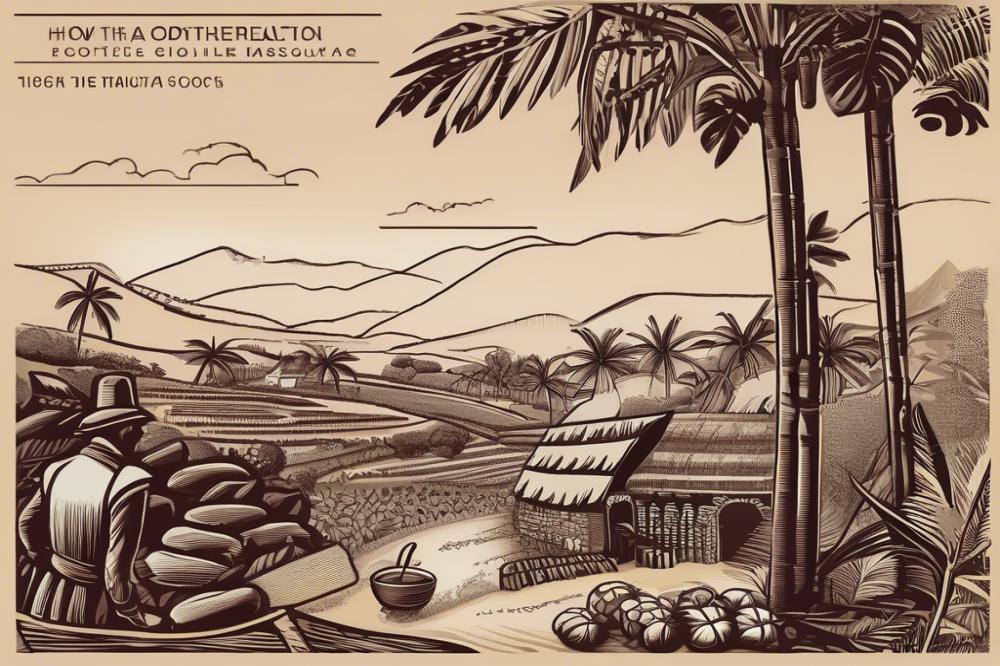
The Industrial Revolution marked a turning point in chocolate history. It was a time when many industries transformed. The chocolate industry was no exception. This era brought forth significant technological advancements in manufacturing. As factories grew, so did the demand for smoother, more refined chocolate products.
Innovations in machinery made a remarkable impact. Traditionally, chocolate was made by hand. The process was labor-intensive and time-consuming. Machines began to automate tasks, speeding up production. This shift allowed for a consistent manufacturing process. Automation changed how cacao was processed into chocolate. It reduced the amount of labor needed while increasing output.
Mass production also became possible. Factories could churn out large quantities of chocolate. This volume meant that chocolate became accessible to more people. Once a luxury, it transformed into a popular treat for all. The cultural impact was substantial. Chocolate started appearing in cafés and stores everywhere.
With advancements in technology, the quality of chocolate improved too. Techniques were refined, making chocolate smoother and richer. Inventors and manufacturers eagerly embraced these new tools. They recognized the potential to captivate chocolate lovers worldwide. This drive for better products, combined with automation, reshaped the chocolate landscape forever.
In essence, the changes brought about by this exceptional period had lasting effects. The combination of innovation and mass production set a new standard. Today, we enjoy a diverse array of chocolate products thanks to this pivotal moment in history.
Innovations in Chocolate Manufacturing
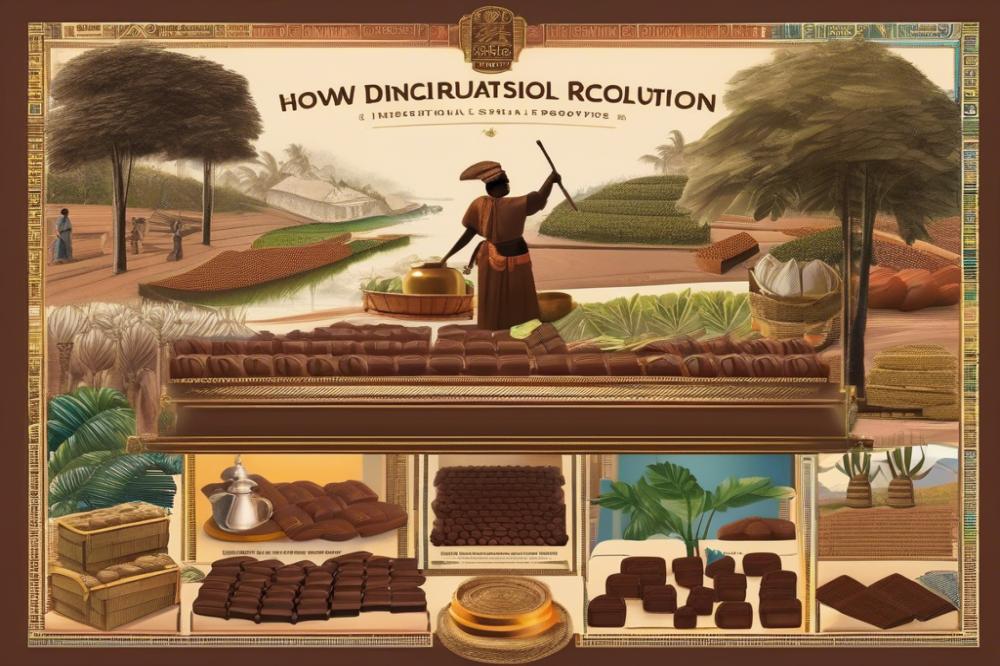
The chocolate industry underwent significant changes during the era of technological advancements. Key inventions transformed the processes and made making chocolate more efficient. In earlier times, chocolate was a labor-intensive task. Manual grinding methods led to inconsistent flavors and textures. The development of innovative machinery brought about a revolution in this manufacturing process. Machines could grind cacao beans far more effectively than any human. This advancement laid the foundation for modern chocolate production.
Key Inventions That Transformed the Chocolate Industry
One of the most important inventions was the cocoa press invented by Coenraad Johannes van Houten in the early 19th century. This machine could separate cacao butter from cacao solids. With this separation, chocolate could be made smoother and creamier than ever before. Another crucial advancement was the conching process developed by Rodolphe Lindt. This innovation greatly improved the flavor profile of chocolate. It also enhanced the texture, making it more appealing to consumers.
Development of Chocolate Refining Processes
Refining processes also saw major enhancements. These processes turned raw cocoa into a more palatable product. Fine grinding techniques helped eliminate any grainy texture that was common in earlier versions. As technology progressed, so did the attention to flavor nuances. Chocolatiers began to understand the importance of quality ingredients and how they contributed to the final product. This focus led to a richer chocolate experience for everyone.
Role of Steam Power and Mechanization
Steam power played a transformative role in chocolate production. Factories adopted steam engines to enhance efficiency. With automation, large batches of chocolate could be produced much faster. Mass production became the norm, meeting the growing demand of consumers. Labor that once took weeks could now be completed in a fraction of the time. The ability to produce more chocolate meant lower prices. This accessibility changed how people enjoyed chocolate.
Impact on the Flavor and Quality of Chocolate Products
Changes in the chocolate-making process had a direct impact on flavor and quality. As machinery improved, the consistency of chocolate products grew. This consistency led to greater consumer trust and satisfaction. People began to develop a deeper appreciation for chocolate. With the rise of the chocolate industry, various flavors emerged. Artisans experimented and created a rich variety of chocolate options. The cultural impact of chocolate became undeniable.
Labor and the Chocolate Industry

The Industrial Revolution changed many industries, and the chocolate industry was no exception. Before this period, chocolate was crafted in small, artisanal shops. A few skilled artisans made chocolate by hand, treating each batch with care. The transition to factory-based chocolate production marked a significant shift in how this beloved treat was made. Mass production became the new norm, speeding up the manufacturing process exponentially.
We saw technology play a crucial role during this time. Machines started to automate tasks that were once done by hand. This innovation meant more chocolate could be produced quickly and at a lower cost. However, this shift wasn’t just about efficiency. It changed the very nature of labor in the chocolate industry.
Working conditions in chocolate factories varied. Some factories were efficient and clean, while others had poor ventilation and long hours. This inconsistency directly impacted the health and well-being of workers. Many were young children, often toiling for long hours. Despite the challenges, some families relied on factory jobs to survive during these times.
The workforce demographics also began to change as factories opened. Men, women, and children found employment opportunities in the booming chocolate factories. This diversity brought together various skills and backgrounds. The chocolate industry employed many, making it a significant part of the economy. With workers from different social classes, the cultural impact was profound, helping chocolate spread its popularity.
Through these transformations, labor practices evolved. Unions began to emerge, advocating for better working conditions and fair wages. Workers desired change, and their voices started to be heard. Over time, these movements would lead to better standards in the industry. The evolution of labor is as much a part of chocolate history as its sweet taste.
Cultural Impact of Industrial Chocolate
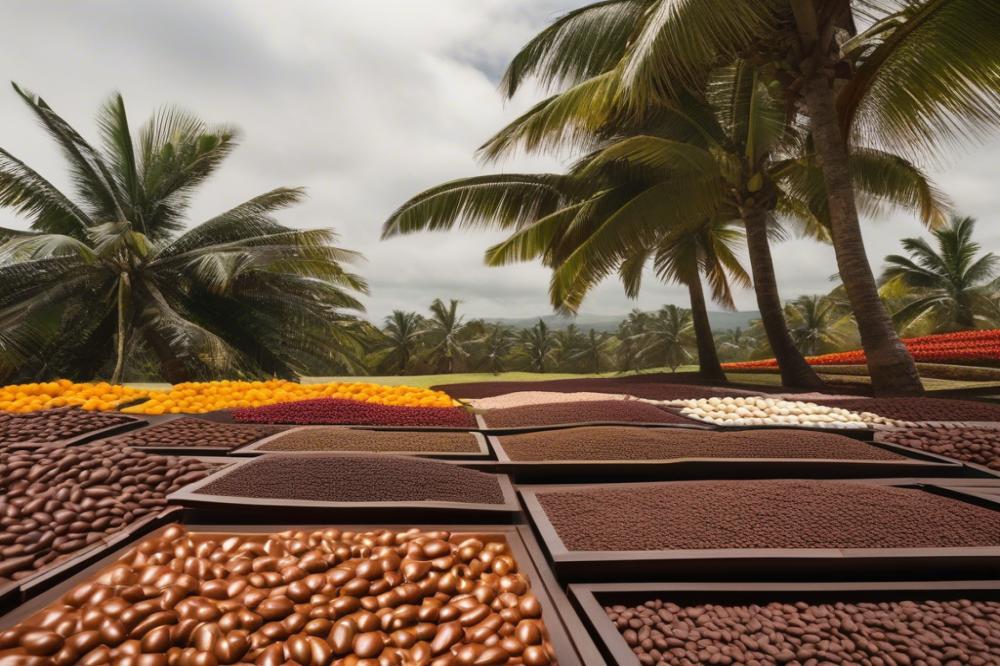
How mass-produced chocolate changed consumer habits
The rise of mass production shifted how people enjoyed chocolate. With factories creating large quantities, chocolate became more affordable. Consumers who were once limited to special occasions could now enjoy chocolate regularly. This change led to people indulging in sweets more often. Chocolate snacks became commonplace, transforming treat times into daily rituals. Shopping habits evolved as well. Stores stocked various chocolate products, making choices endless. The act of purchasing chocolate turned into a fun experience. It wasn’t just about taste anymore; it became about sharing.
Chocolate as a symbol of social status and culture
As chocolate became accessible, it also had a role in social dynamics. Certain chocolate brands emerged, representing luxury and prestige. People began gifting high-end chocolates for celebrations, associating them with status. These brands marketed themselves as unique experiences, appealing to desires for sophistication. This shift in perception made chocolate a cultural icon. It played a part in traditions and celebrations. Giving chocolate during holidays or events signified affection and esteem. Cacao’s journey from bean to bar became woven into lifestyle narratives.
Evolution of chocolate marketing and branding
Innovations in chocolate marketing changed everything about the industry. Advertisers embraced eye-catching designs to attract attention. Campaigns highlighted quality and craftsmanship. A chocolate bar was no longer just a snack; it became a product to desire. Companies started using new technologies to reach customers. Newspapers, magazines, and eventually billboards showcased their offerings. Clever slogans and memorable branding took center stage. It wasn’t just about selling chocolate; it was about creating a story. These strategies fostered loyalty among consumers.
Chocolate’s role in everyday life and global culture
Chocolate quickly made its way into daily routines. From breakfast bars to dessert toppings, its presence was felt everywhere. Many people now couldn’t imagine life without chocolate. Cafés and bakeries featured it prominently on their menus. This sweet treat became a go-to comfort food. Global trends also influenced local cultures. In different countries, chocolate adapted, creating a variety of experiences. The chocolate industry began to celebrate regional differences in flavors. As a result, chocolate is not just a treat; it symbolizes connection, sharing, and enjoyment worldwide.
Final Thoughts: The Evolution of chocolate making
The transformation of chocolate making during the Industrial Revolution was nothing short of revolutionary. This period brought about key advancements that shifted chocolate from a luxury item to an accessible treat for everyone. Machines replaced manual labor, improving efficiency and lowering costs. New techniques changed how cocoa was processed, leading to the creation of smoother, richer chocolates.
How we enjoy chocolate today is a testament to these historical changes. The methods developed back then remain influential in the manufacturing process of chocolate worldwide. Mass production allowed for innovative flavors and types of chocolate, sparking creativity among producers. These progressions not only catered to popular taste buds but also shaped marketing strategies that appealed to a wider audience.
Moreover, the legacy of this era transcends mere production. Chocolate became woven into the fabric of culture, often symbolizing celebrations and indulgence. As technology advanced, it transformed how we view and consume chocolate, establishing it as a staple in societies around the globe. This interplay between technology and culture has played a pivotal role in chocolate history.
Reflecting on this journey highlights the lasting impact of these innovations. Chocolate is no longer just a sweet treat; it embodies a rich heritage shaped by human ingenuity. The complexity of flavors and the diversity of products available today stand as a reminder of a time when chocolate makers dreamed big. In essence, the past continues to influence our present, ensuring that chocolate remains a beloved choice for generations to come.

